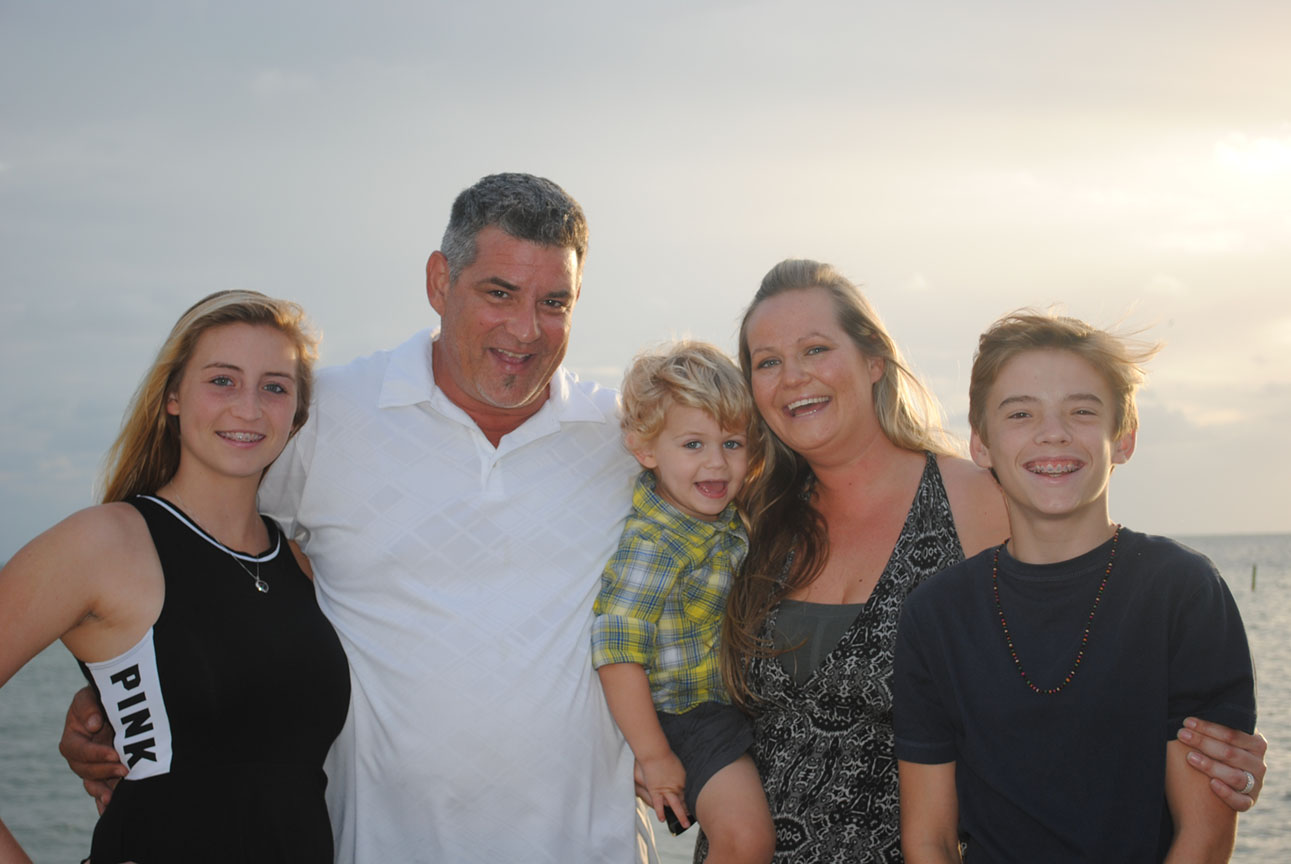Families come in all shapes and sizes, and oftentimes, the concept of family composition is an ever-changing dynamic. Through the years, many self-help books have touched on the subject of stepfamilies, or what is commonly referred to as the blended family.
From “The Brady Bunch” of the 1970s to the more recent film titled “Blended,” which stars Adam Sandler and Drew Barrymore, Hollywood has played somewhat of a role in defining some of the joys and challenges that can occur within the blended family structure. Even the humor that comes with the whole package is touched on. Other films have stereotyped stepfamily aspects as not so nice, like in “Cinderella” with the wicked stepmother.
Blended by Numbers
Just how prevalent are blended families in America? According to the U.S. Census Bureau, 1,300 new stepfamilies are formed every day, and more than 50 percent of families in the United States are remarried or recoupled. It is also reported that 50 percent of the 60 million children under the age of 13 are currently living with one biological parent and that parent’s current partner.
According to Pew Research, families today are constructed differently and are more blended than in decades past. In fact, 44 percent of young people ages 18 to 29 have a stepbrother or stepsister.
Mike and Lauren Foertsch of Lake Nona know very well the joys and the challenges that the blending of two families can pose. Upon first meeting at work in 2006, Mike and Lauren had differing opinions about each other, but their feelings changed as they began to spend more time together. Although first impressions are important, they do not always set the tone for a relationship.
Lauren, originally from South Carolina, recounts her move to the sunshine state. “I was transferred down here to work at a resort that was a big flagship property,” she says. “Mike was already working there as the engineering manager.” Lauren distinctly remembers her first thoughts when she met Mike as she was being introduced to all of her new co-workers. “I remember meeting him and thinking that he was a bit cold and not at all interested in the things I had to say.”
Now, 10 years after their first meeting, the Foertschs have a beautiful family that includes Mike’s two kids from a previous marriage, Emily, 16, and Cole, 12, as well as a two-year-old son named Seth who they had together. While establishing a new routine within a blended family might seem like a difficult mission, Lauren says with the right attitude, perspective and expectations, she has seen a wonderful sense of togetherness and some loving bonds form between family members.
Learning Along the Way
Throughout the process, Lauren has learned a few things about blending two families into one. One lesson was to refer to each other as bonus family members to avoid the stigma associated with the terms stepparent, stepbrother or stepsister. She has also learned how important it is to stay involved and to be actively at the forefront of her kids’ lives. “It is so easy to fall into a pattern of just hanging out in the background,” Lauren says. “Being a bonus, or step, parent is one of the hardest things I have ever had to do.”
But by attending the kids’ sporting events, being involved with various school activities, and taking an active interest in what her bonus kids do, Lauren has discovered that they have really opened up and taken an interest in her, too.
Keeping a positive perspective is also crucial. “When things go well, you don’t get the praise, the biological parent does,” Lauren says. “But sometimes when things go badly, it’s always your fault.” Remembering that she is a bonus to the family, and an extra person to love and support everyone, has provided balance to the equation. “Don’t forget that you, as a bonus parent, have a voice in the family, too.”
Lauren says there can also be hard feelings after a divorce, but it is important not to let those hard feelings scare you away. “Treat everyone with kindness, even the ex,” she says. Tailoring focus can be everything. Remembering it’s about the kids and creating a loving environment for them really makes all the difference. The main focus should be about setting a positive example.
Bonuses of Blended Family Life
Regarding the blending of their family, bonus is a term that the Foertschs have fully embraced when it comes to each other. Whether it’s a bonus sister, a bonus brother, a bonus dad or a bonus mom, maintaining a positive mindset is something that has been extremely beneficial in the merging of their families.
“I met my bonus kids when they were fairly young, [ages] 10 and 8,” Lauren says. “We decided that ‘stepmother’ did not sound very nice and seemed a bit mean, like in ‘Cinderella,’
the evil stepmother.”
So she moved forward in researching more positive descriptions for her new family members and found a website for a nonprofit called Bonus Families. The organization uses the word bonus to promote a positive image for stepfamilies because, much in the same way that a bonus implies a reward for doing a good job, it is a way to acknowledge the hard work it takes to successfully integrate two families into one.
Even the kids agree that blending their family has been a great experience and a wonderful adventure. “The unconditional love and support from my father, mother and bonus mother each have been great,” Emily says. “It’s nice to have extra people on my side.”




Comments